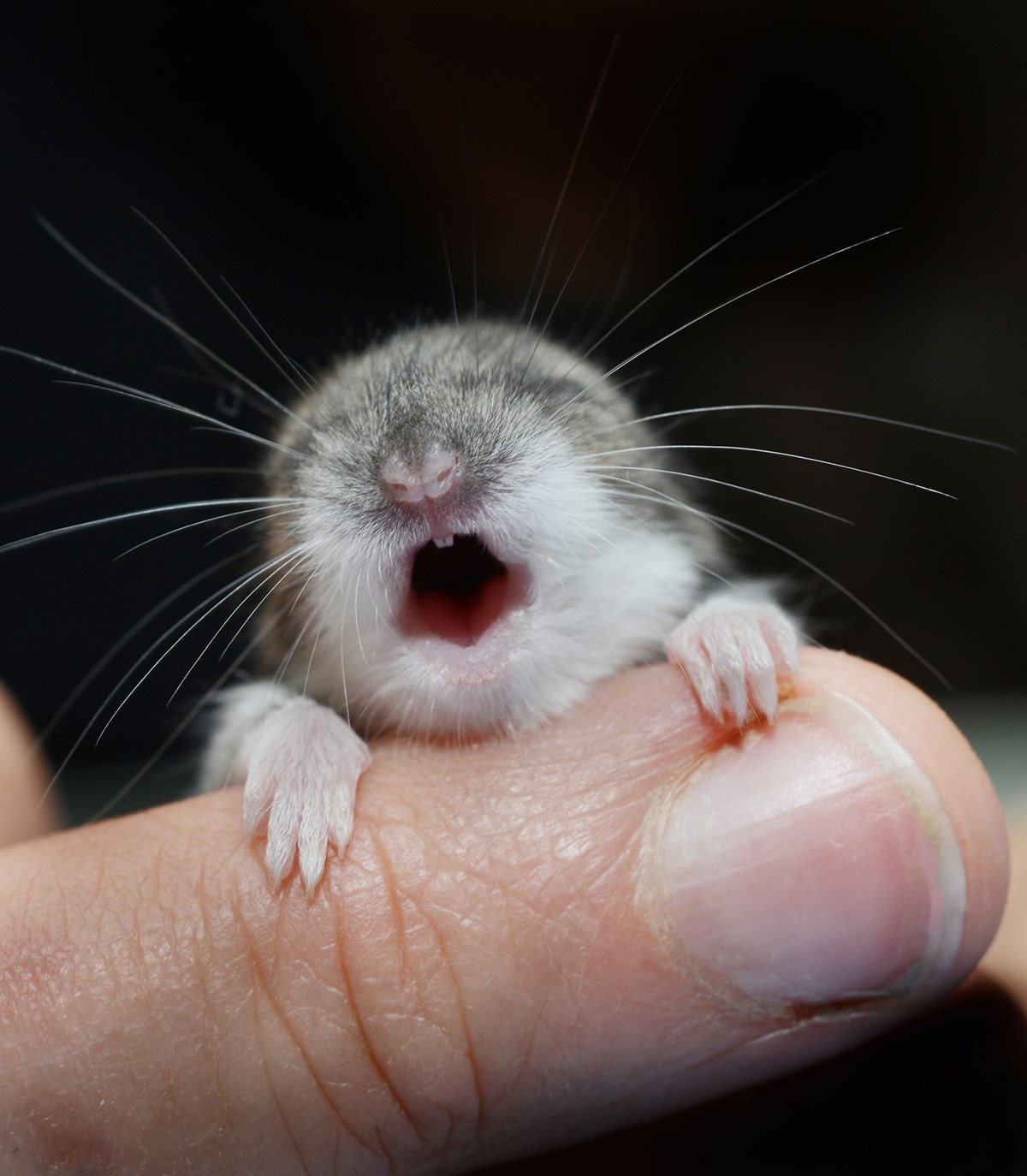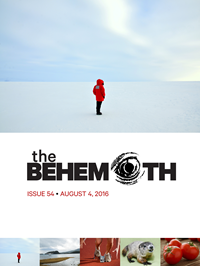Aw and Wonder in the Baby Animal Kingdom
A photographer looks at the wild’s cute, tiny, and vulnerable. /
Do you know when the mountain goats give birth? . . . Their young thrive and grow strong in the wilds; they leave and do not return. (Job 39:1, 4)
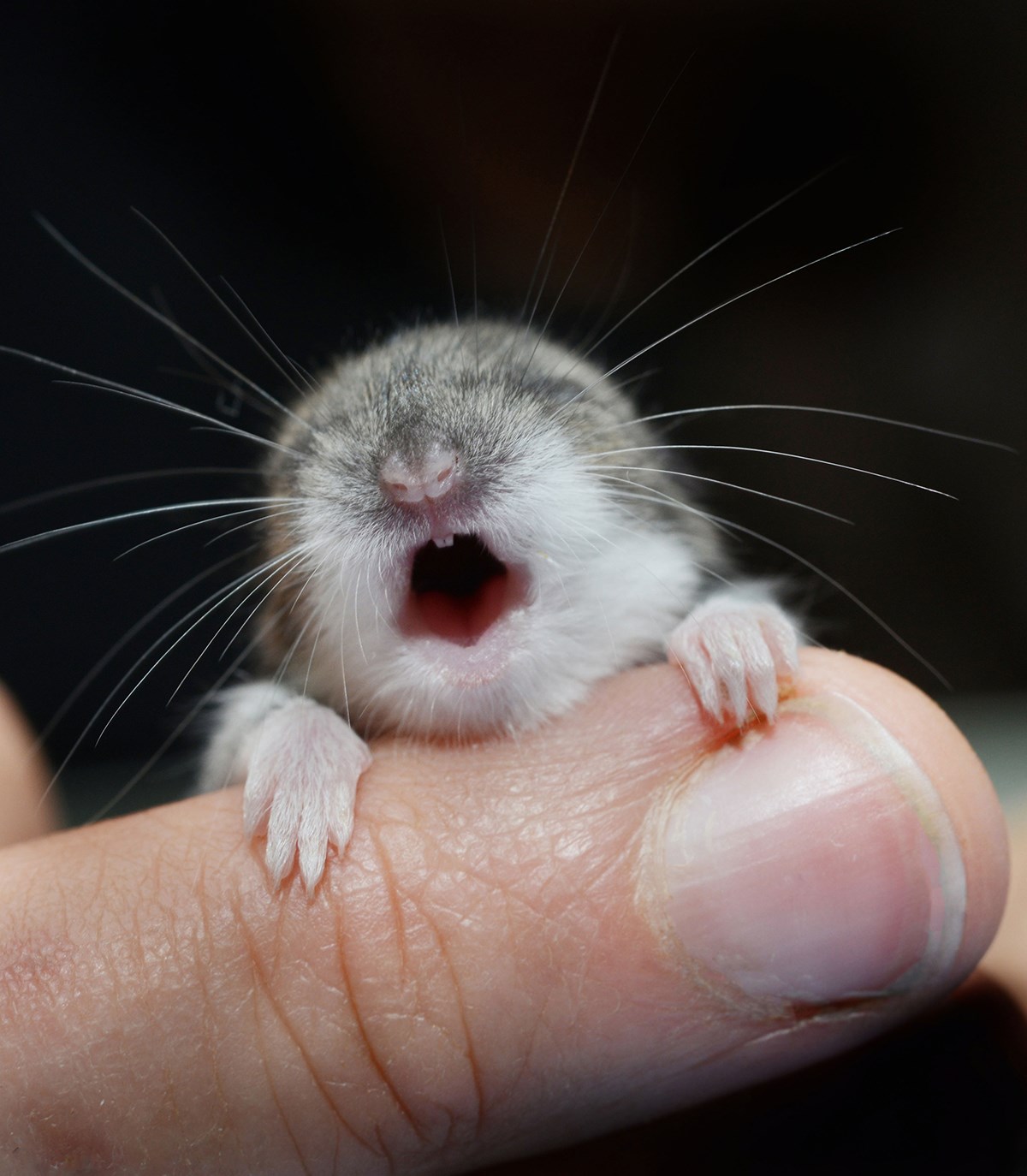
White-Footed Mouse, two weeks old
A female field mouse is able to mate two to four times a year and, after a short gestation period, give birth to up to nine babies, which are blind, pink, and completely hairless at birth. These “pinkies,” which are usually only a few centimeters long, will be completely weaned and able to leave the nest just 21 days after birth, and females can have their first litter at the age of thirteen weeks.
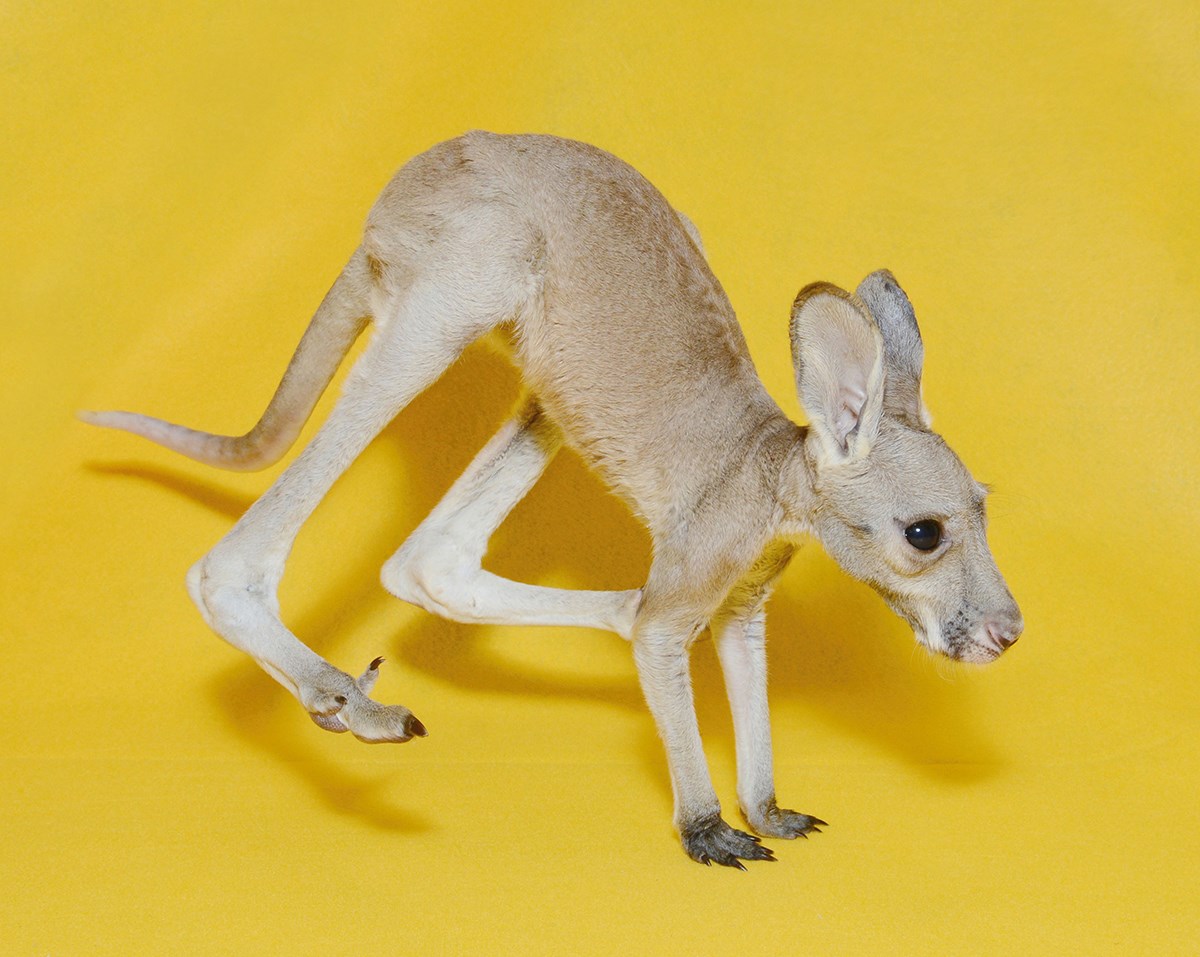
Red Kangaroo, four months old
Kangaroos are the world’s largest marsupials, but at birth are about the size of a cherry. Born blind, hairless, and less than an inch (only a few centimeters) long, the joey immediately climbs into the mother’s pouch to nurse, and remains there for up to six months. The joey will spend a few weeks just poking its head out of the pouch, and then progress to spending increasingly more time in the outside world. It won’t be until almost a full year after birth that the young kangaroo will leave the pouch for good.
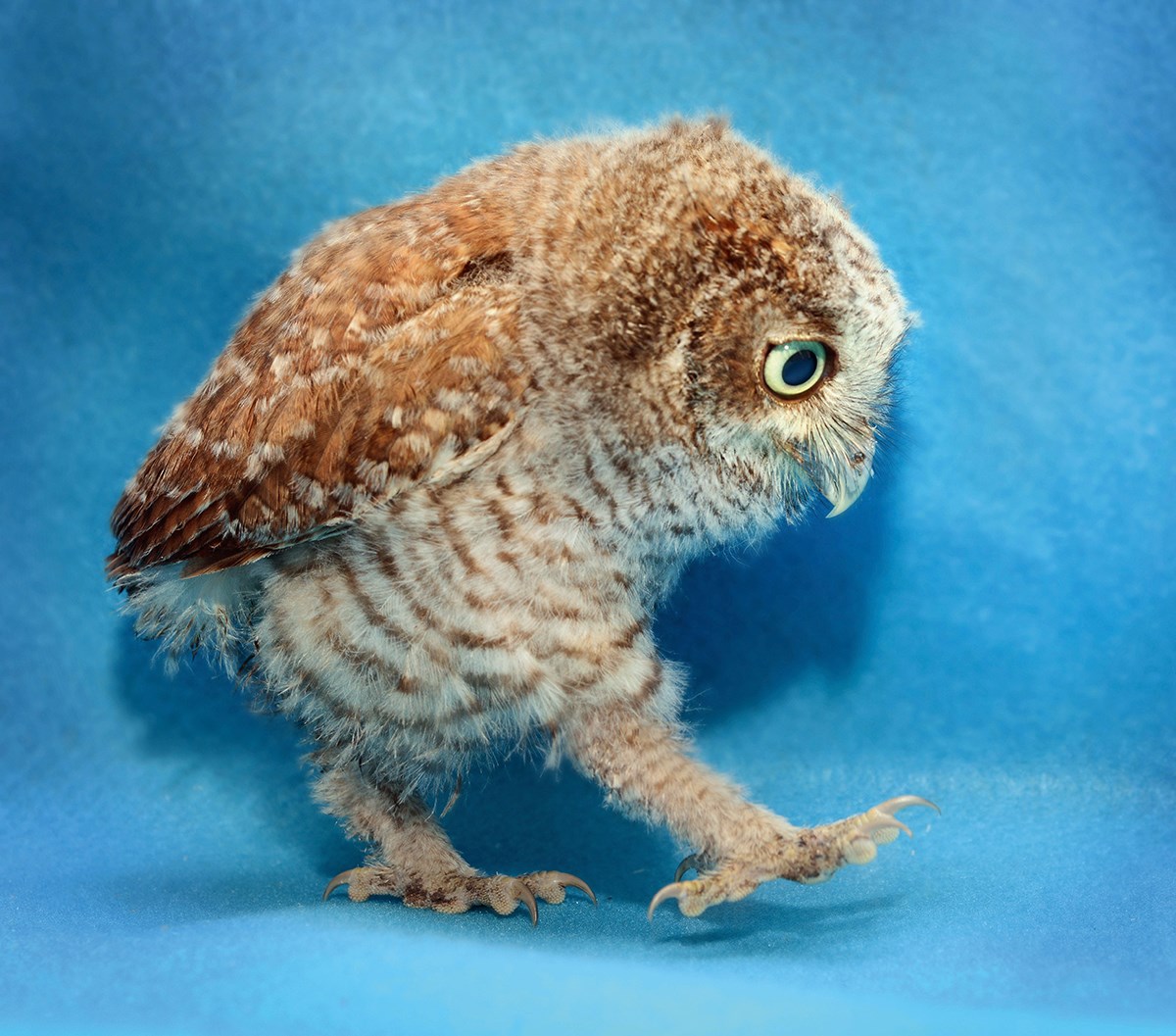
Screech Owl, four weeks old
These tiny owls are smaller than a pint glass as adults. Screech owls are generally monogamous, mating for life. They nest in hollows of trees, and often recycle the nests of other animals. In the nest, screech owl hatchlings fiercely fight each other for food and resources, often killing the smaller, weaker siblings.
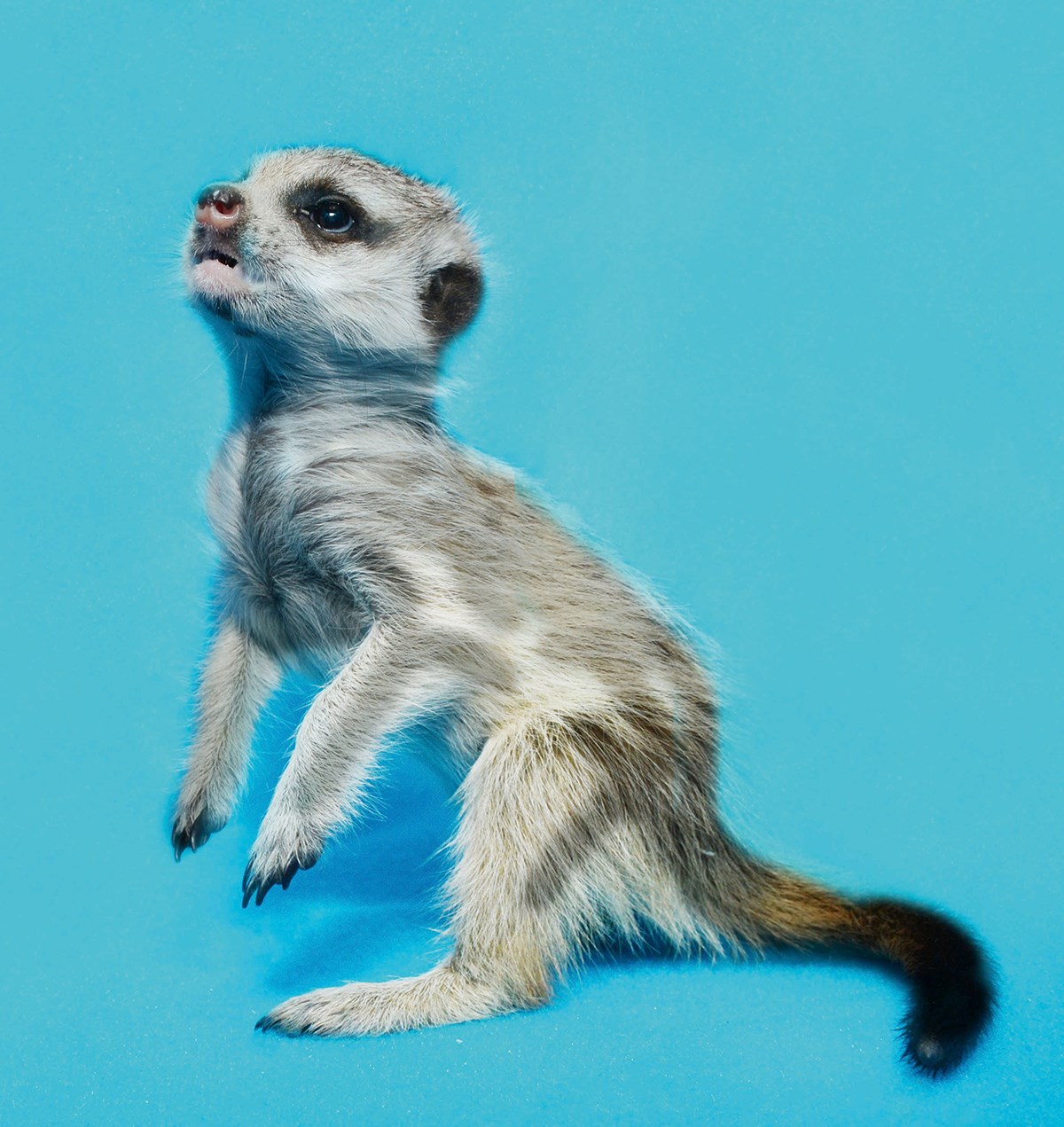
Meerkat, three weeks old
Meerkat babies, called pups, are born underground and live in large matriarchal family groups in which fathers and siblings, as well as mothers, help to raise them. In meerkat society, there are many different roles, including that of lookout, where one member of the family keeps an eye out for potential predators and warns the family of approaching danger with a bark or whistle.
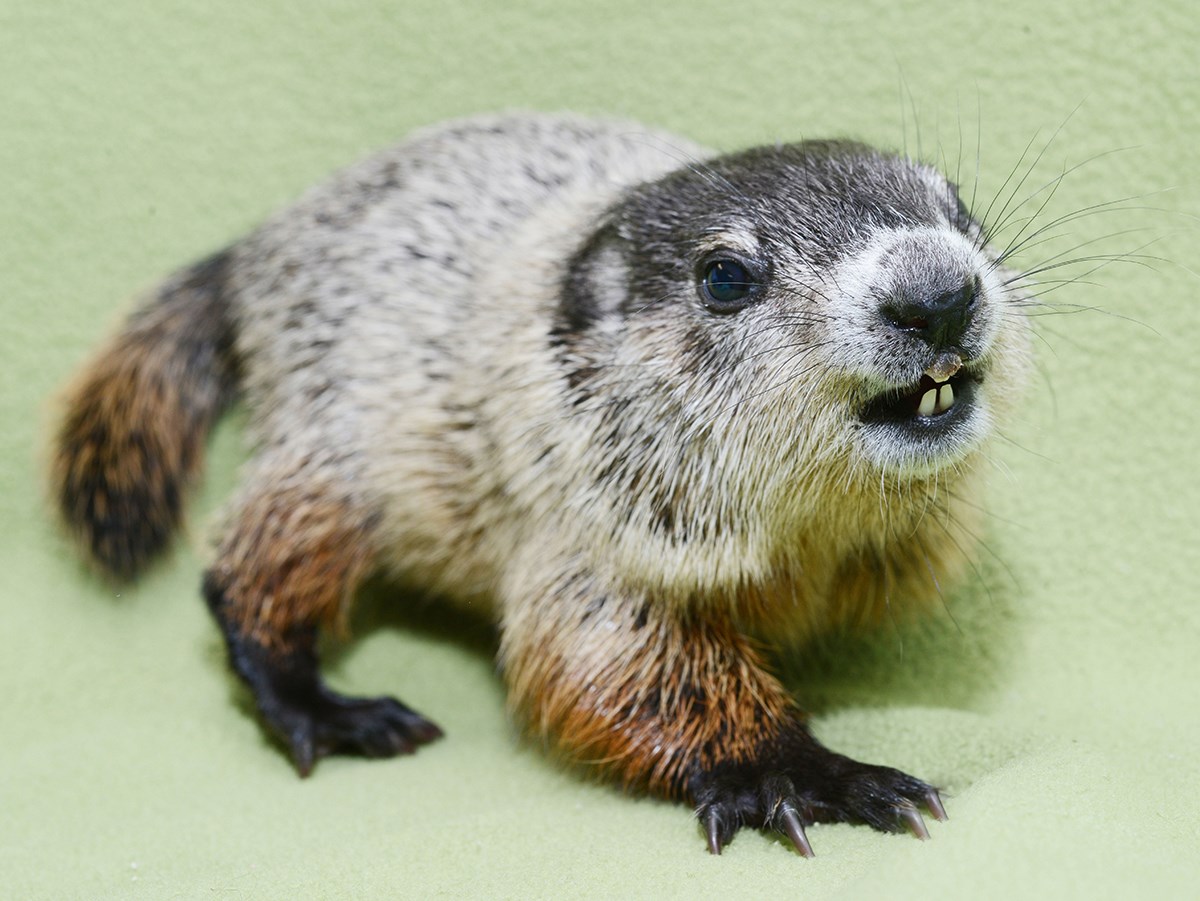
Groundhog, five weeks old
These hibernating mammals, also known as woodchucks, are the largest of the squirrel family. During periods of hibernation their heartbeat often slows to five beats per minute, for months. Despite the popular ritual that looks to the emergence of the groundhog for a weather prediction, neither temperature nor weather actually determines when a groundhog emerges from hibernation. Instead, they are driven by the start of mating season.
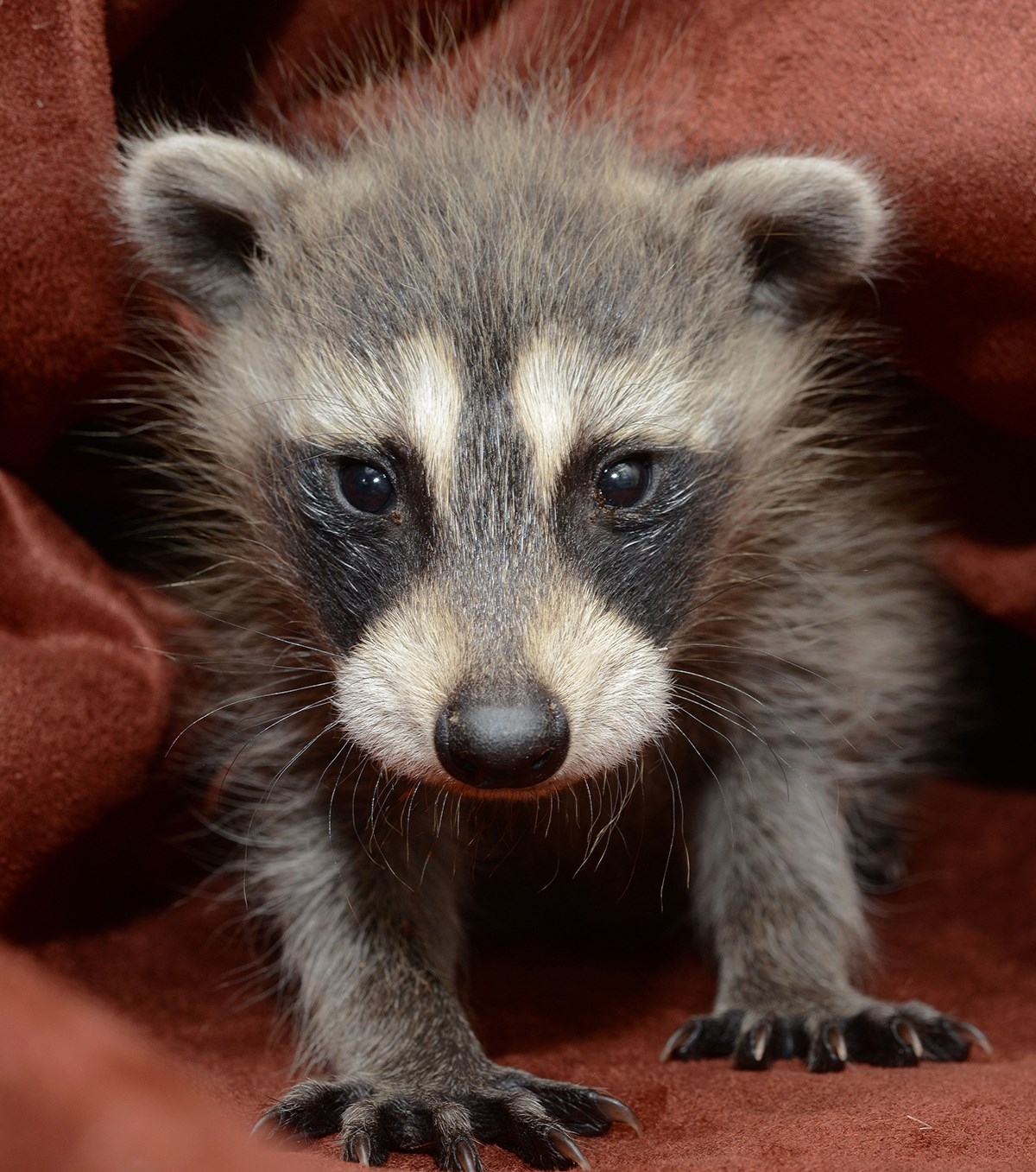
Raccoon, four weeks old
Baby raccoon pups are very social, often bonding with and playing with other pups. Raccoons are instinctively curious and intelligent, with remarkably agile, human-like hands that enable them to perform highly dexterous tasks like opening gates and washing pieces of fruit. Raccoons are very prominent in both rural and urban areas of North America, where they are often viewed as pests.
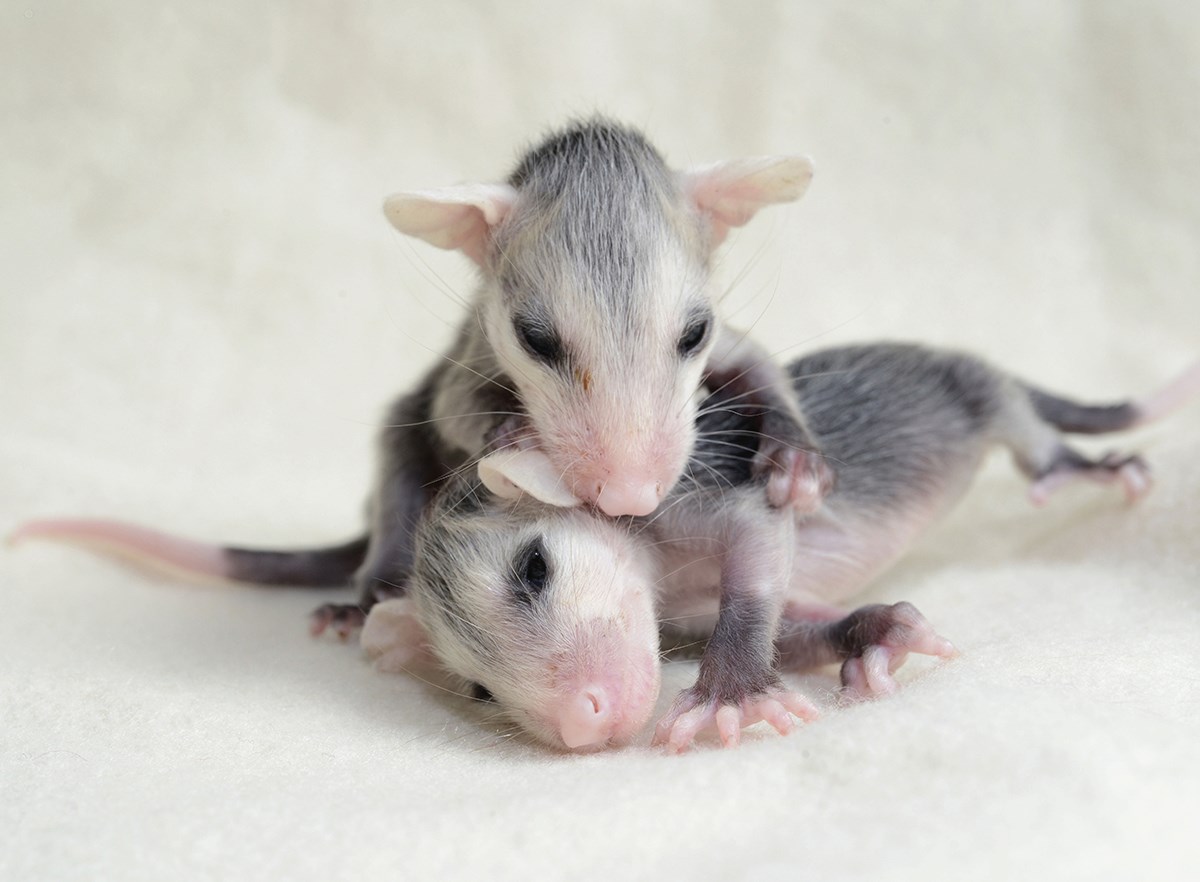
Opossum, four weeks old
These highly common marsupials are often as small as bees when they are born and will spend at least seventy days in their mother’s pouch before emerging on their own. For the next month or so after leaving the pouch, the babies will spend most of their time clinging to their mother’s back while she roams and forages for food. Opossums have what are called prehensile tails, which means that their tails can wrap around things and hold them. These long, hairless tails enable baby opossums to climb and hang from trees without falling, but young opossums will not actually sleep hanging upside down until they are adults.
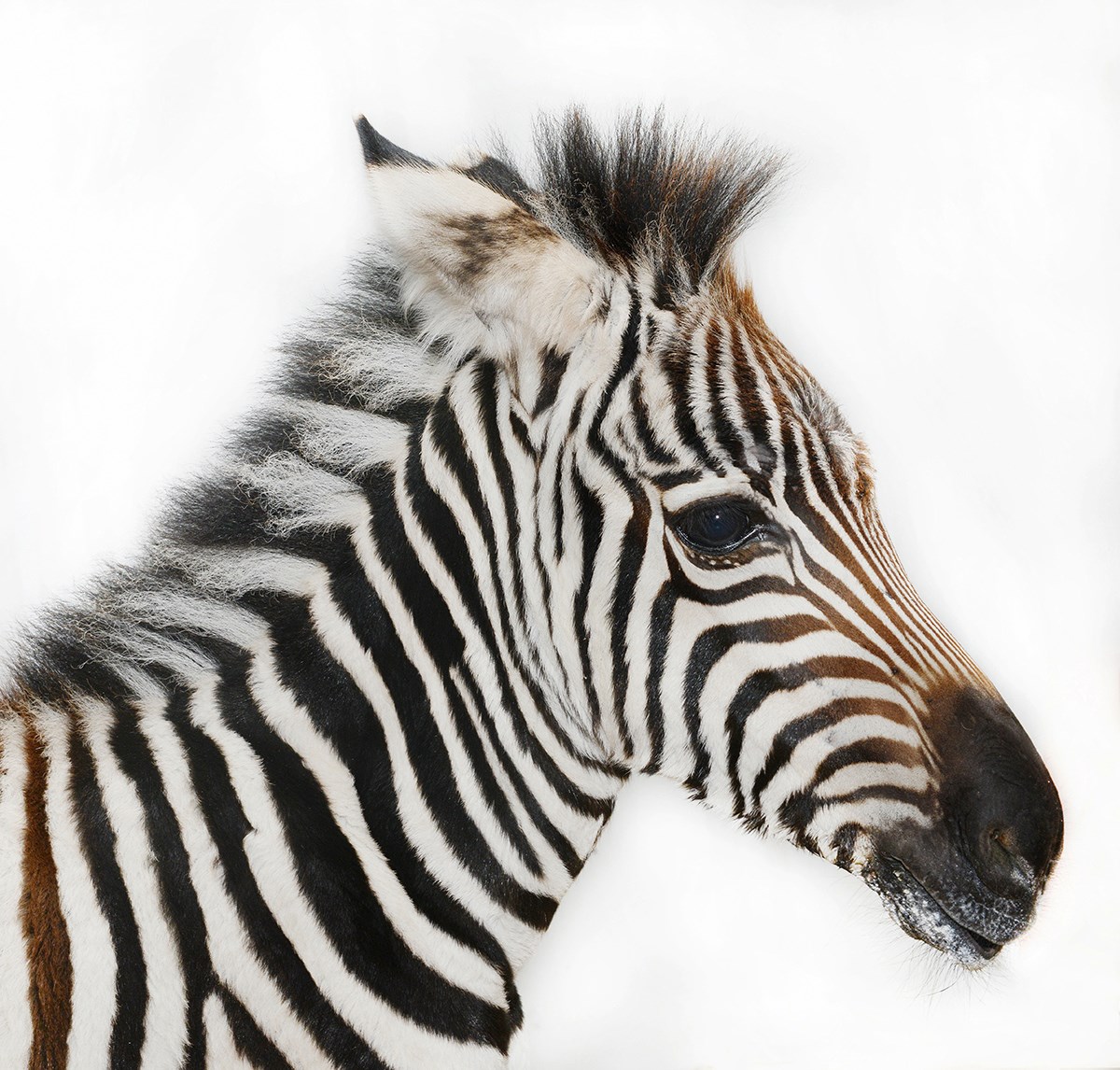
Zebra, thirteen days old
Zebras are members of the horse family, and like their equine relatives, can run at a speed of 35 miles (56 kilometers) per hour or more. A newborn zebra foal is able to run within one hour of being born, which is essential because it needs to be able to move with the herd as soon as possible. A female zebra can give birth to one foal every twelve months and will nurse the foal for one year, until maturity. Foals learn to recognize their mother’s unique stripe pattern immediately as they must be able to identify her amidst the herd.
Traer Scott is a photographer and author whose work has been featured in dozens of publications, including National Geographic, Vogue, and Life. She is based in Providence, Rhode Island.
Photos and captions excerpted with permission from Wild Babies: Photographs of Baby Animals from Giraffes to Hummingbirds by Traer Scott, published by Chronicle Books, 2016.
Scripture epigraph edited by The Behemoth’s editors.
Also in this Issue
Issue 54 / August 4, 2016- Editor's Note from August 04, 2016
Issue 54: Antarctic ice, Alaskan bears, running mysteries, and wild babies. /
- The Last Desert
Pilgrimages on Antarctica’s wild ice. /
- His Hand Feeds Us Both
Thoughts on bears from an Alaska fisherwoman. /
- What It Takes to Run
The saying about running as “a controlled fall” is deeply true. /
- Wonder on the Web
Issue 54: Links to amazing stuff.


